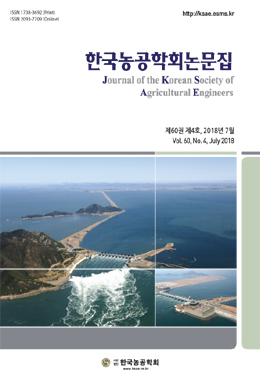The main function of an agricultural reservoir is to supply irrigation water to paddy rice fields in South Korea. Therefore, the operation of a reservoir is significantly affected by the phenology of paddy rice. For example, the early stage of irrigation season, a lot of irrigation water is required for transplanting rice. Therefore, water storage in the reservoir before irrigation season can be a key factor for sustainable irrigation, and it becomes more important under climate change situation. In this study, we analyzed the climate change impacts on reservoir storage rate at the beginning of irrigation period and simulated the reservoir storage, runoff, and irrigation water requirement under RCP scenarios. Frequency analysis was conducted with simulation results to analyze water supply probabilities of reservoirs. Water supply probability was lower in RCP 8.5 scenario than in RCP 4.5 scenario because of low precipitation in the non-irrigation period. Study reservoirs are classified into 5 groups by water supply probability. Reservoirs in group 5 showed more than 85 percentage probabilities to be filled up from half-filled condition during the non-irrigation period, whereas group 1 showed less than 5 percentages. In conclusion, reservoir capacity to catchment area ratio mainly affected water supply probability. If the ratio was high, reservoirs tended to have a low possibility to supply enough irrigation water amount.


